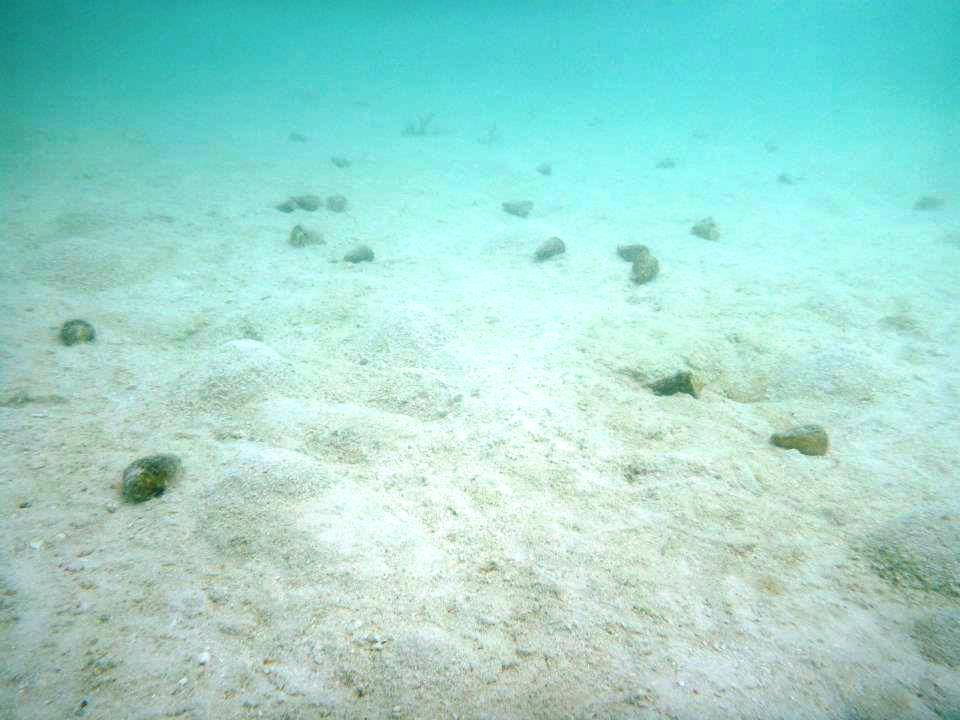Overview
Brief Summary
Distribution
Physical Description
Size
Identification Resources
Ecology
Local Distribution and Habitats
Crypsis
Life History & Behaviour
Defensive Responses
Feeding
Righting
Reproduction and Larval Biology
Growth
Evolution & Systematics
Fossil History
Phylogenetics
Morphology and Physiology
External Morphology
Vision
Conservation
Threats from Humans
References & More Information
Bibliographies
Names & Taxonomy
Related Names and Synonyms | Local Distribution and Habitats
S. luhuanus is found in sandy habitats that are associated with coral reefs (Catterall and Poiner, 1983). Within these sandy habitats, their distribution is patchy and different types of aggregations occur. Catterall & Poiner (1983) investigated into the aggregation dynamics of S. luhuanus individuals and classed the aggregations into four distinct types:
1. Mixed age class colonies, where all age classes are present. The density of individuals within these colonies can range from 0.5 - 30 individuals m-2, and the colonies can cover areas of 20 - 100m diameter. There is also some separation of age classes within the colonies, with different areas of the colony having a certain type of age class (tiny juvenile, juvenile, or adult).
2. Juvenile colonies, which are composed of juveniles of the same size and age. The density of individuals within these colonies can range from 5 - 100 individuals m-2, and the colonies cover areas of 2 - 15m diameter. Many of these juveniles spend a significant amount of time partially or completely buried in the sand.
3. Mating aggregations, which are primarily composed of adults performing reproductive activities. The density of individuals within these colonies can range from 20 - 40 individuals m-2, and the colonies cover areas of 2 - 3m diameter. These aggregations only last for less than a day.
4. Clusters, which are composed of adults and older juveniles that may be stacked on top of each other. The density of individuals within these colonies can range from 50 - 800 individuals m-2, and the colonies cover areas of 0.5 - 2.5m diameter. These aggregations only last for a few days, and it is unsure why these clusters occur.
Catterall & Poiner (1983) suggested two reasons for these clusters occuring. The first reason is that the patchy distribution of habitats and the specifity of individuals to certain habitats restricts their distribution. The second is that intraspecific attraction is occuring, and causing the individuals to aggregate together. Either or both of these reasons could be causing these patchy distribution patterns.
| |
 |
|
| |
Figure 1: A mixed age class colony of S. luhuanus individuals in the field at Heron Island |
|
|
|